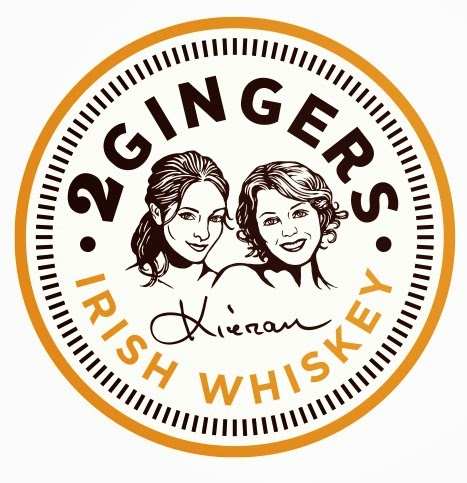That subtitle is a little cheesy, right? Regardless of that, we're just gonna say "forget about it" as we move on to the history of this gingery lemon menthol cocktail.
The Who/What/Where/When/Why of Forgetfully, Fernet?
Unlike the previous Fernet cocktails that have graced the page of The Bottle Opener, Forgetfully, Fernet is a recent creation. First mixed by Gina Chersavani of the Eddy Bar, Washington, D.C. Forgetfully, Fernet was recognized by Tasting Table as one of the best new cocktails of 2012. The cocktail boasts the claim of being a hangover treatment, which is absolutely appealing for obvious reasons. It possesses the potent additions of ginger and lemon juice, along with the hair of the dog in the form of Irish Whiskey and Fernet Branca. Fernet itself is titled as a purported hangover cure, containing many botanicals, herbs, and spices which have been shown to have recuperative applications.
Ingredients

- 1 1/2 oz Irish Whiskey
- 1 oz of ground ginger
- 1 oz of lemon juice
- 1/2 oz of simple syrup
- 2 cups of ice
- 1 oz of Fernet Branca
- 1 sprig of mint
How to Prepare Forgetfully, Fernet
- Start by adding Irish Whiskey, ground ginger, lemon juice, and simple syrup to a mixing glass. (Note: If making simple syrup from scratch, add two sugar cubes or two teaspoons of sugar, and stir vigorously with 2 teaspoons of water. Use a combination of white and brown sugar for a desirable taste and sweetness.)
- Add ice to mixing glass, and pour contents into blender. Start pureeing the mixture to desired consistency. Add a few more ice cubes if not thick enough to create a pile of slush.
- Add to your favorite medium to tall cocktail glass, and pour Fernet Branca around the rim of the glass.
- Garnish with a mint sprig, and sprinkle with fine sugar if cocktail is too tart.
As always, have fun, and enjoy!















